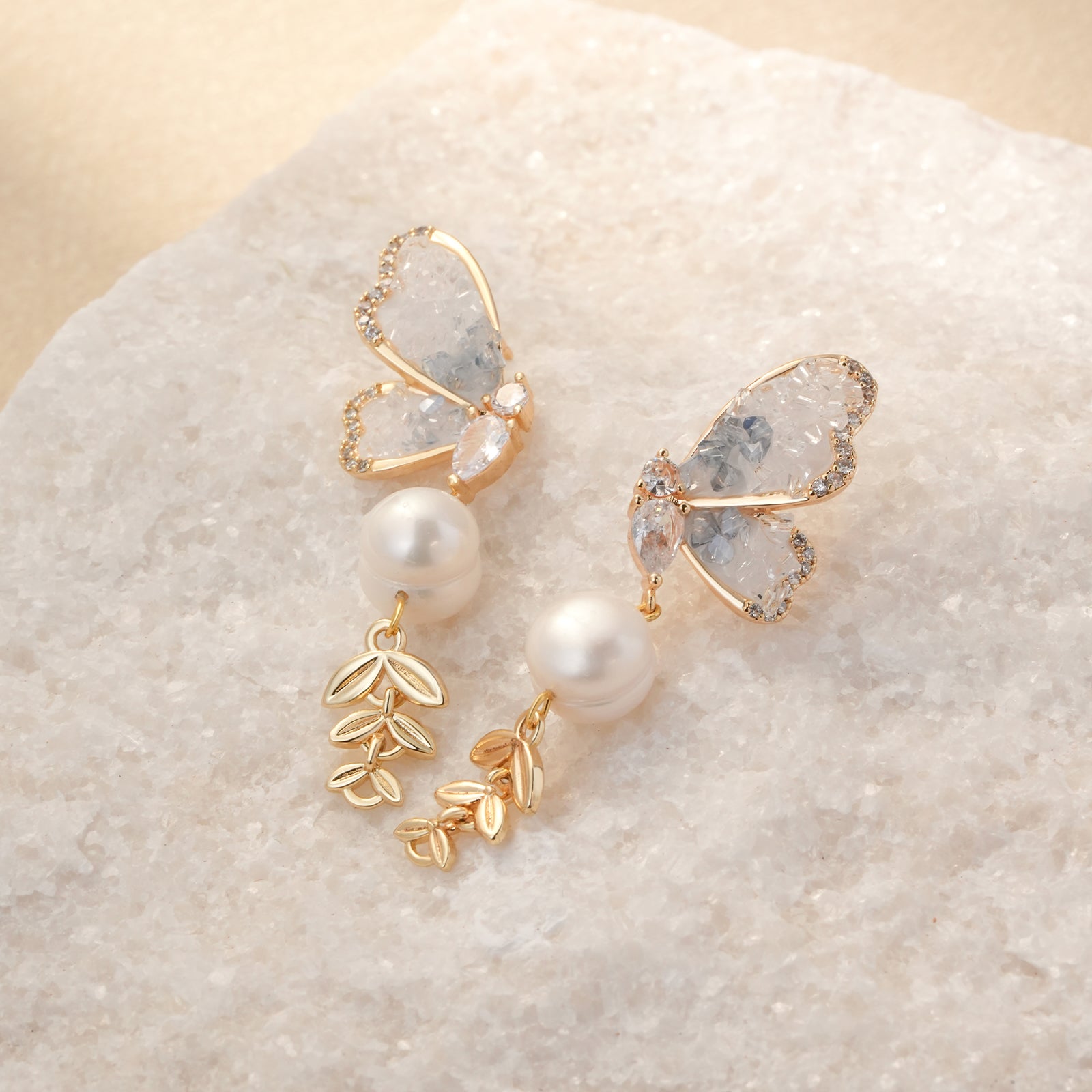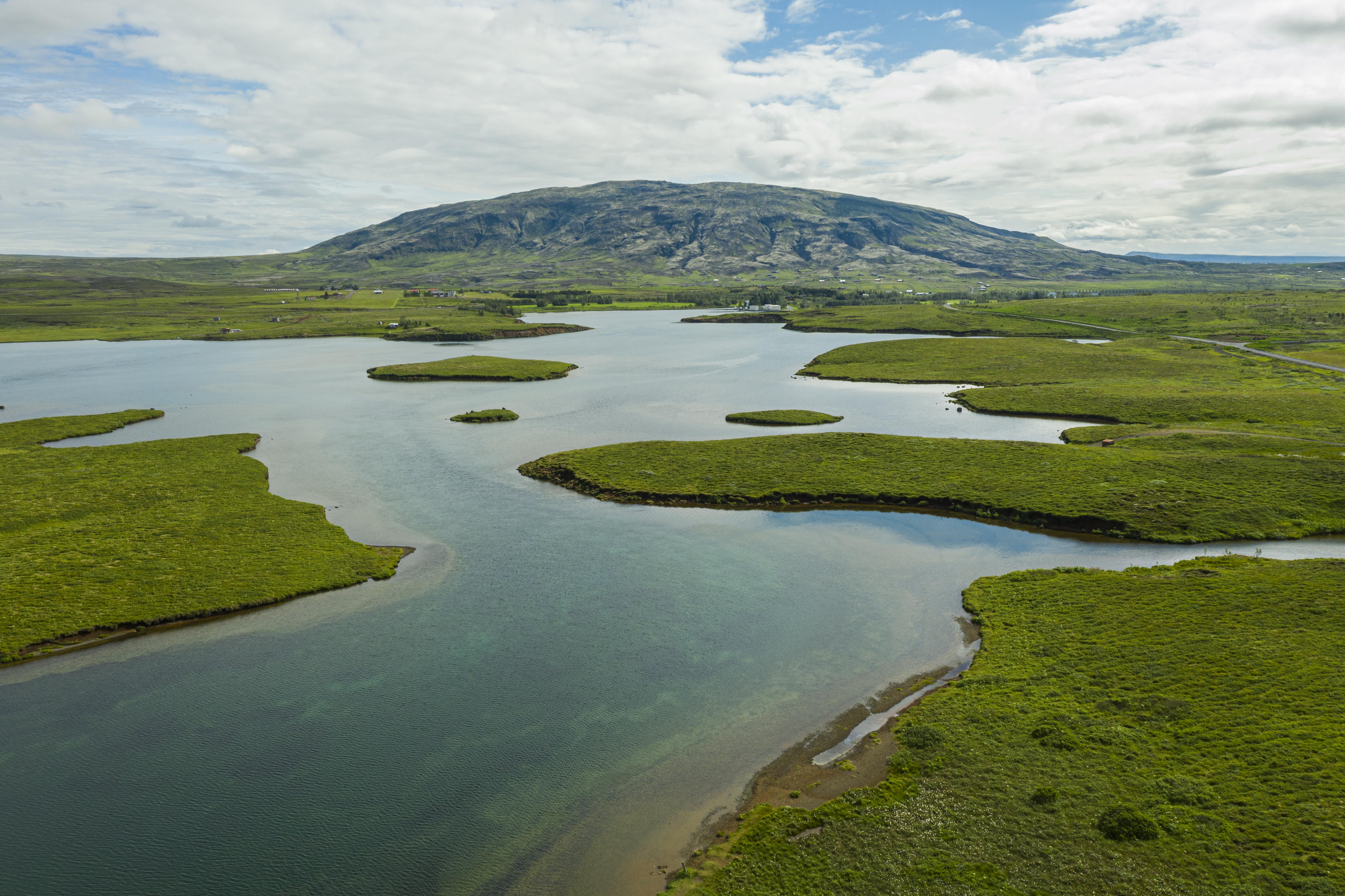Artigo: The Key Differences Between Freshwater and Saltwater Pearls

The Key Differences Between Freshwater and Saltwater Pearls
Pearls have captivated humans for centuries with their elegance and timeless beauty. While they may appear similar at first glance, freshwater and saltwater pearls possess distinct characteristics that make each type unique. This comprehensive guide will explore the key differences between freshwater and saltwater pearls, covering their formation, appearance, value, durability, and more.
1. Formation Process
Freshwater Pearls:
-
Freshwater pearls are cultivated in mussels that thrive in rivers, lakes, and ponds. Typically, they are farmed in China, which dominates the global freshwater pearl market.
-
The cultivation process involves inserting a small piece of mantle tissue (not a bead nucleus) into the mussel. This tissue stimulates nacre production, which eventually forms the pearl.
-
Freshwater mussels can produce multiple pearls simultaneously, often generating 20-30 pearls per mussel in a single harvest cycle.
Saltwater Pearls:
-
Saltwater pearls are cultivated in oysters that live in oceans and seas. Key producing regions include Japan (Akoya pearls), Tahiti (Tahitian pearls), and Australia (South Sea pearls).
-
Unlike freshwater pearls, saltwater pearls typically develop around a bead nucleus inserted into the oyster along with mantle tissue.
-
Each oyster typically produces only one pearl at a time, which contributes to the rarity and higher cost of saltwater pearls.
2. Appearance
Freshwater Pearls:
-
Freshwater pearls are known for their diverse shapes, ranging from round to baroque (irregular) forms. While perfectly round freshwater pearls exist, they are less common.
-
They often display a softer luster compared to saltwater pearls and may have a more satiny or glowing finish.
-
Freshwater pearls are available in a wide array of natural pastel colors, including white, pink, peach, and lavender.
Saltwater Pearls:
-
Saltwater pearls are more likely to be perfectly round due to the bead nucleus used during cultivation.
-
They tend to have a sharper, more reflective luster, often described as "mirror-like."
-
Natural color variations include classic white (Akoya), dark hues with green and purple overtones (Tahitian), and creamy gold or silver tones (South Sea pearls).
3. Durability and Composition
Freshwater Pearls:
-
Freshwater pearls are composed almost entirely of nacre, making them highly durable and resistant to wear.
-
This thick nacre composition allows freshwater pearls to maintain their beauty over time, even with frequent wear.
Saltwater Pearls:
-
Saltwater pearls have a thinner nacre coating since they form around a solid bead nucleus.
-
As a result, saltwater pearls may be more prone to chipping or peeling if not handled with care.
4. Value and Pricing
Freshwater Pearls:
-
Freshwater pearls are generally more affordable due to their abundant production and the ability of mussels to yield multiple pearls.
-
While their lower cost doesn't compromise quality, they are considered more accessible for those seeking budget-friendly yet beautiful jewelry.
Saltwater Pearls:
-
Saltwater pearls are typically more expensive due to their rarity, single-pearl production process, and higher demand for round shapes and mirror-like luster.
-
Among saltwater pearls, South Sea pearls are often the most valuable due to their large size and luxurious appearance.
5. Cultivation Time
Freshwater Pearls:
-
Freshwater pearls generally require 1-2 years to develop.
-
This relatively short cultivation period allows farmers to produce large quantities efficiently.
Saltwater Pearls:
-
Saltwater pearls often require 2-5 years to reach their desired size and quality.
-
The longer cultivation time contributes to their higher market value.
6. Environmental Impact
Freshwater Pearls:
-
Freshwater pearl farming is known for its relatively low environmental impact. Many farms in China operate sustainably, utilizing clean water sources and minimizing ecological disruption.
Saltwater Pearls:
-
Saltwater pearl farming requires pristine ocean conditions, and climate changes or pollution can significantly impact production.
-
Responsible farming practices are essential to maintaining environmental balance in coastal regions.
7. Jewelry Applications
Freshwater Pearls:
-
Due to their variety in shapes and colors, freshwater pearls are versatile for various jewelry designs, including necklaces, bracelets, and earrings.
-
They are commonly used in creative and fashion-forward designs.
Saltwater Pearls:
-
Saltwater pearls are often reserved for classic, high-end jewelry pieces such as elegant pearl strands and luxury earrings.
-
Their uniform size and roundness make them popular in formal and bridal jewelry.
Conclusion
Both freshwater and saltwater pearls possess distinct characteristics that cater to different tastes, budgets, and style preferences. Freshwater pearls are prized for their affordability, durability, and variety, while saltwater pearls are sought after for their exquisite luster, perfect roundness, and higher value. Whether you're choosing pearls for their beauty, symbolism, or investment potential, understanding these differences will help you make an informed decision. Each type of pearl offers unique charm, ensuring there's something special for everyone in the world of pearl jewelry.


Deixar comentário
Este site é protegido por hCaptcha e a Política de privacidade e os Termos de serviço do hCaptcha se aplicam.